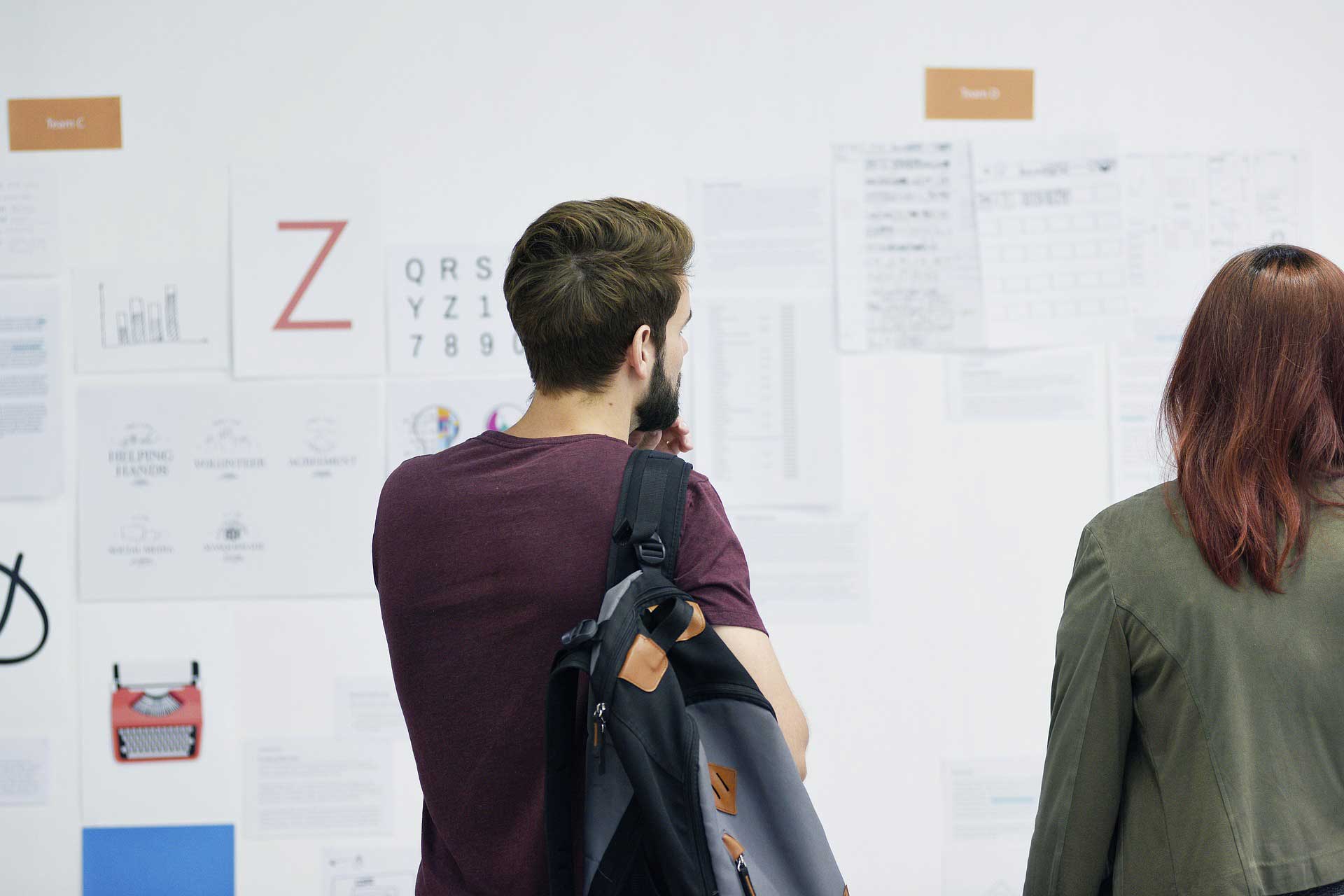
Website Design in Manila, MNL
All our projects follow ada accessibility guidelines for web development to make sure consistency as well as quality results. Whatever the task, we use a goal-driven method that enables us to match each customer’s distinct needs throughout all phases of project growth.

Things to take into consideration with Web Design in Manila
The initial discovery stage makes certain that all of the task objectives as well as specifications have been identified and also factored into the website task strategy. The discovery process recognizes crucial information in order to help direct the remainder of the project, consisting of Target market, Style choices as well as brand name criteria, Material approach, Useful needs and Conversion objectives

Internet Architecture
The style phase of the site growth procedure involves the manufacturing of a sitemap and also wireframes. These materials are assisted by the info established during the discovery stage, as well as assist to notify the layout phase of the project.
The sitemap is a record that shows all the website web pages in a hierarchical structure, with top-level web pages adhered to by secondary and tertiary pages. The wireframes act as plans to show the standard design for different web page types, with all essential web page components identified.
The website design process develops the general look of the website. The design applies the brand name requirements, graphics as well as wanted aesthetics to the page structure established with the wireframes; the designs likewise incorporate the navigation structure from the sitemap for an attractive as well as useful user-interface.
The preliminary deliverables produced throughout the design phase are commonly level photo files that appear like web pages (” mockups”), to make sure that all style elements can be comfortably assessed and also changed prior to the functional web pages are actually coded.
Web Advancement with ADA Compliant Web Design
The growth stage involves both front-end as well as back-end parts. The front-end advancement includes the production of the HTML/CSS layouts for numerous site web pages, based on the style mockups. These style layouts can after that be assessed as well as checked at diverse screen sizes as websites with genuine material; this is specifically vital for receptive style, where web pages have to scale accurately across various gadgets and also systems.
The back-end advancement includes setup of the site’s content monitoring system (CMS), and also coding of all useful page aspects. This procedure normally takes place in an advancement environment (on an advancement web server) to ensure that the site could be developed privately as well as evaluated and also updated up until it is completed and also prepared for launch.

Mobile Ready Web Design

Blog Options

Search Engine Friendly

Website Design Accessibility
Today we’re diving into a topic that’s not only crucial for your website’s success but is also the right thing to do: website accessibility. Now, I know what you’re thinking – “Accessibility? Isn’t that just for people with disabilities?” Well, yes and no. It’s for them, but it’s also for everyone else who visits your website.
You see, the web is a vast, diverse place, and your website needs to be a welcoming space for everyone. That means ensuring that people with disabilities, like those who are visually impaired, hearing impaired, or have mobility issues, can access and navigate your site just as easily as anyone else. But it’s not just about being a good digital citizen; it’s also about improving your website’s performance and SEO.
So, why should you care about website accessibility? Let me break it down for you:
It’s the Law: Many countries have laws in place that require websites to be accessible. Ignoring these regulations can land you in some serious legal hot water.
Expanded Audience: By making your website accessible, you’re opening the doors to a wider audience. This means more visitors, potential customers, and increased revenue.
Better SEO: Google loves accessible websites. When your site is easy to navigate and understand, search engines can crawl it more effectively, leading to better rankings.
Enhanced User Experience: Think about it – when users can find what they need on your website effortlessly, they’re more likely to stick around, engage with your content, and convert.
A Brief Introduction to Web Accessibility
The fact is that millions of internet users have special needs and impairments that can make it difficult or even impossible for them to use certain types of websites. By designing your site with these challenges in mind, you can ensure that it’s welcoming to as many users as possible.
While there are a lot of disabilities and conditions that can affect the way people use websites, let’s take a look at some of the most common categories of impairments:
Vision. This includes a partial or total inability to see or to perceive color contrasts.
Hearing. Some users have a reduced ability to hear.
Motor Skills. These are people with difficulty moving parts of their bodies, including making precise movements (such as when using a mouse).
Photosensitive seizures. Conditions such as epilepsy can cause seizures that are often triggered by flashing lights.
Cognitive disabilities. There are also many conditions that affect cognitive ability, such as dementia and dyslexia.
Information about Manila, MNL
Manila, also known as the Pearl of the Orient, is located in Southern Luzon, the largest of the more than 7,000 islands that make up the nation known as the Philippines. The city flanks Manila Bay, and is divided into northern and southern sections by the Pasig River. Manila serves not only as the country’s capitol, but also as its financial, publishing, and business center. The citizens of the city speak Tagalog, but most are also fluent in English, which is the language of instruction in the public schools. Manila contains many of the country’s largest and most prestigious universities and is also home to the National Library. It was the central location of the nation’s battles for independence, first from Spain and later from the United States. Colonized by the Spanish and later governed by the Americans, Manila shows the signs of foreign influence in the widespread Roman Catholicism and the modeling of its schools upon the American educational system. Despite these influences, Manila and its citizens demonstrate a character and vitality uniquely their own.
The City of Manila (Filipino: Lungsod ng Maynila), or simply Manila, is the capital of the Philippines and one of the municipalities that comprise Metro Manila. The city is located on the eastern shore of Manila Bay on Luzon, the country’s largest island. Manila is the hub the Metro Manila area, also known as the National Capital Region (NCR), a thriving metropolitan area consisting of seventeen cities and municipalities which is home to over 10 million people. Manila is the second most populous city proper in the Philippines, with more than 1.5 million inhabitants. Only nearby Quezon City, the country’s former capital, is more populous.
The name Manila comes from may nilad, Tagalog for “there is nilad,” referring to the flowering mangrove plant that grew on the marshy shores of the bay. In the sixteenth century, Manila (then Maynilad) grew from an Islamic settlement on the banks of the Pasig River into the seat of the colonial government of Spain when it controlled the Philippine Islands for over three centuries from 1565 to 1898. After the end of the Spanish-American War in 1898, the United States occupied and controlled the city and the Philippine archipelago until 1946. During World War II, much of the city was destroyed. The Metropolitan Manila region was enacted as an independent entity in 1975. Today, the city and the metropolis thrive as an important cultural and economic center. However, overpopulation, traffic congestion, pollution, and crime challenge the city.
Manila packs a lot of culture into a small space – many of its major sites are in the walled Intramuros, including the Spanish-era Fort Santiago with its shrine-museum to José Rizal, Manila Cathedral, UNESCO-listed San Agustin Church (the Philippines’ oldest), Casa Manila museum of Spanish colonial furniture and art, and Rizal Bagumbayan Light and Sound Museum of colonial and modern history. Other venues in which to learn about Filipino history and culture and art are the Bahay Tsinoy museum of Chinese history, Ayala Museum of Filipino history and artifacts, National Museum of Anthropology, Malacañang Palace presidential museum, and National Museum of Fine Arts, while for kids there’s the Exploreum science museum, Museo Pambata children’s museum and the National Museum of Natural History.
A densely populated city melding many different cultures and influences, Manila is unsurprisingly lively all-year-round, with religious processions, live music, theatre, famous drag shows or plenty of speakeasies and videoke/karaoke bars.
Traditional and new-wave Filipino, Spanish and Chinese fare lead the eclectic dining scene in Manila, but locals are also mad about Japanese food, American diner classics and global food in general – meaning everyone will find something to please and new flavours to experience, all of it stunningly great value. Don’t miss seafood made to your taste at a dampa such as Pasay, where you buy ingredients to be cooked at an on-site restaurant.
Cities near Manila, MNL
[related_locations]
